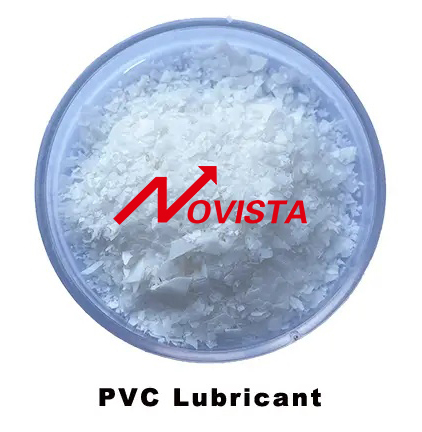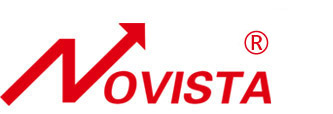How to Maintain the Balance of Internal and External Lubrication in PVC Formulations

When formulating PVC (polyvinyl chloride) materials, one of the key challenges lies in achieving a proper balance between internal and external lubrication. But what does this balance actually look like? How can we tell if our formulation is well-balanced, and how do we make adjustments when it's not?
1. Signs of Imbalanced Lubrication
Too much external lubrication, too little internal lubrication:
- Prolonged plasticizing time
- Poor melt flow and high torque during processing
- Reduced mechanical strength, increased brittleness
- Surface blooming (white powdery residue), or an oily feel on the surface
Too much internal lubrication, too little external lubrication:
- Very short plasticizing time
- Increased sticking to equipment surfaces
- Dull product surface, possible reduction in thermal stability
In summary:
- Insufficient external lubricant → sticking and short plasticizing time
- Excess external lubricant → poor mechanical properties, surface defects
- Insufficient internal lubricant → high torque, long processing time
- Excess internal lubricant → short plasticizing time, poor thermal stability, decomposition, and rough inner surfaces
2. How Different Lubricants Affect PVC Plasticization
Different lubricants affect the speed of PVC plasticization to varying degrees. Here's a rough comparison from fastest to slowest:
- Fastest: Calcium stearate
- Monoglycerides
- Polyol fatty acid esters ("60")
- Lead stearate
- Oxidized polyethylene (OPE) wax
- Stearic acid
- PE wax
- Slowest: Paraffin wax
Epoxidized soybean oil (ESO) also plays a significant role in enhancing melt flow, though it's primarily a plasticizer.
Most lubricants exhibit both internal and external lubrication properties to some extent. Generally:
- Higher polarity → better compatibility with PVC → stronger internal lubrication
- Lower polarity (more non-polar) → poorer compatibility → stronger external lubrication
Examples:
- Primarily internal lubricants: Calcium stearate, monoglyceride, PETS, Polyol fatty acid esters ("60")
- Primarily external lubricants: PE wax, paraffin wax, wax 74
- Balanced internal-external lubricants: Stearic acid, OPE wax (e.g., type 316, which also improves mold release)
3. Why Does Blooming (Surface Lubricant Migration) Occur?
Blooming refers to the appearance of lubricant on the product's surface, and it happens due to:
A. Too much internal lubrication:
Although it improves flow and shortens processing time, excess internal lubricants may migrate to the surface and act externally, causing blooming.
B. Too much external lubrication:
Due to their poor compatibility with PVC, excess amounts cannot blend properly and accumulate on the surface.
C. Low molecular weight additives:
For example, low-quality monoglycerides may contain high levels of glycerol (added to reduce cost). Glycerol has a low molecular weight and tends to migrate easily, causing blooming. However, high-purity monoglycerides, when used properly, typically do not cause this issue—they're also effective anti-fogging and anti-drip agents in film materials.
4. Synergistic Use of Lubricants
A well-designed PVC formula often uses a combination of lubricants to take advantage of their differing melting points, polarities, and compatibility levels:
- Low-melting-point lubricants (e.g., paraffin, butyl stearate, stearyl alcohol, polyol esters, stearic acid) provide early-stage lubrication
- Medium-melting-point lubricants (100–125°C, e.g., lead stearate, PE wax, OPE wax) offer mid-stage lubrication
- High-melting-point lubricants (e.g., calcium stearate, barium stearate) serve as late-stage lubricants
Balancing internal and external lubrication is often the most complex part of PVC formulation design. A well-balanced formula ensures stable processing, smooth production, and fewer quality defects over extended production cycles.





